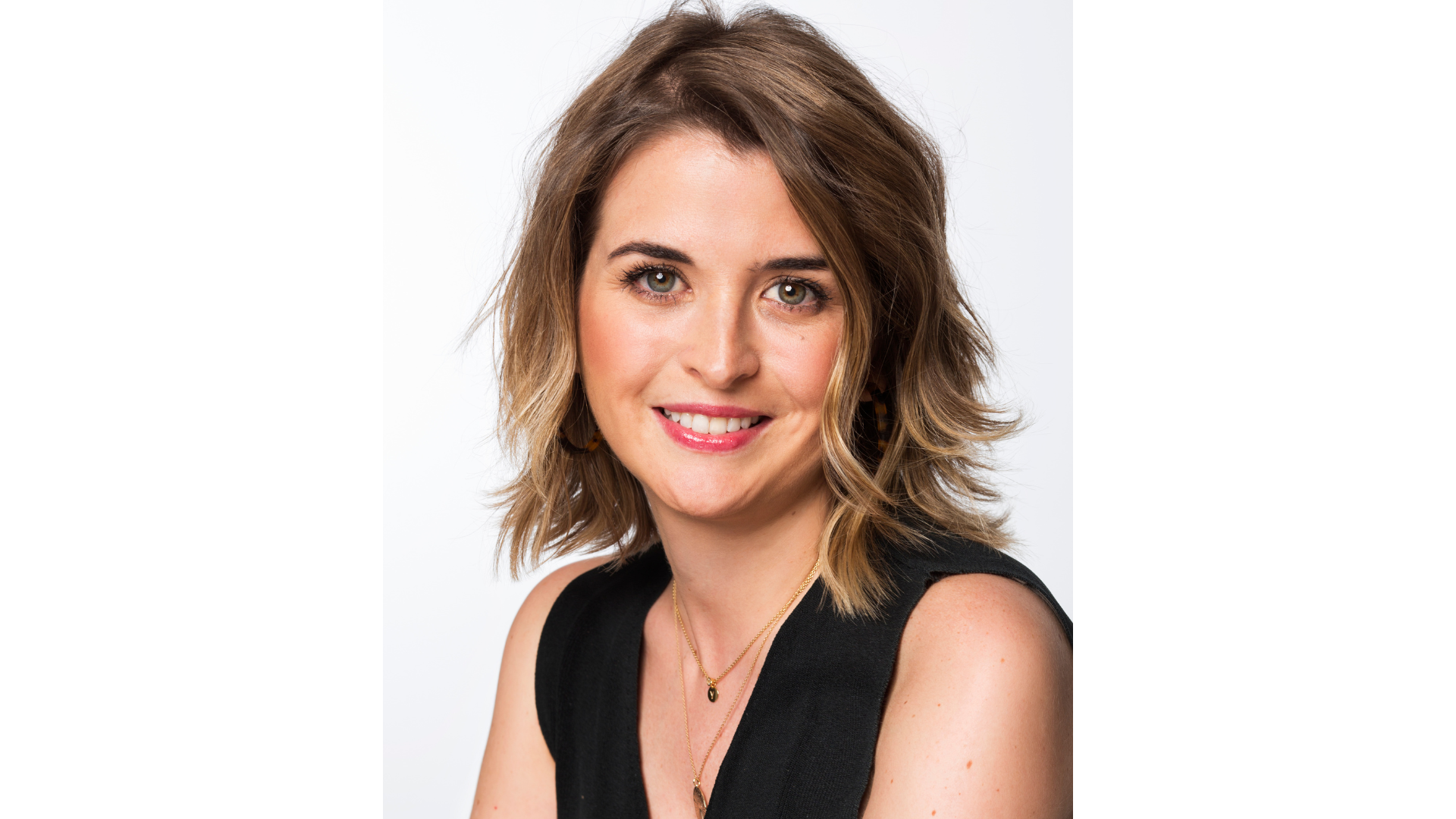Not a day goes by - maybe not even an hour of the day - when some social network unveils a new beauty trick. A miracle ingredient. A definitive routine to put an end to blemishes or the most inopportune pimples. The problem is that most of these 'hacks' or discoveries are of a more than dubious reliability. They are a perfect example of how cosmetic misinformation (just like political or social misinformation) lurks behind every screen. Consider that we spend a third of our waking time in front of our mobile phones[i]. That's almost five hours a day! If we add to this the fact that social networks are the main means of spreading hoaxes and misinformation, the Molotov cocktail is served.
Sometimes the most viral beauty solutions are as crazy as using menstrual blood to make a face mask[ii]. But others, sadly most of them, don't wake up our 'anti-fake news' radar so quickly. In fact, there are data indicating that almost all of us - one of the latest studies points to 72% of Spaniards[iii] - have at one time or another believed false content.
Neither frivolous nor innocuous
Recently, the journalist Marta Isern (@emeisern) - a very interesting cosmetic communicator, by the way - explained on her Instagram profile the dangers of lightly applying a drug such as retinoic acid. Apparently, the fact that someone like Hailey Bieber, with almost 50 million followers, told on her networks that she applied tretinoin as part of her facial care routine caused many people to follow her example. The problem, as Isern[iv] rightly points out, is that this product, which does not require a prescription in the United States, is considered a medicine here. If applied without a strict photoprotection routine, it can cause spots, burns, dermatitis... Something that many users are now sharing on their networks.
Another recent and widespread example is everything to do with sunscreen filters[i]. Disinformative narratives about this type of cosmetics are increasingly frequent[ii]: that chemical filters can cause some types of cancer; that using sunscreen is related to vitamin D deficiency; that food can prevent sunburn... The problem here is that we are not only playing with our image, but also with our health. Let's not forget that the incidence of skin cancer has increased by 40% since 2019 and that in Spain more than 78,000 new cases are diagnosed every year[iii]. However, it is not surprising that fake news is increasingly targeting topics related to science and health. Remember the tsunami of hoaxes that were unleashed coinciding with the coronavirus pandemic: from the fact that wearing cream or make-up could favour contagion to others, deadly for many people, such as drinking pure alcohol could prevent covid, something that led to more than 1,000 deaths. In short, we are talking about beauty and cosmetics, yes, but undoubtedly, the risks involved in misinformation in any sector are not as innocuous as we might think. [iv]
Can disinformation be combated?
The key is, of course, to detect these hoaxes. Don't fall for them. Do not spread them. What's more, the social media user should be in alert mode every time they receive a supposed piece of information via whatsapp, TikTok or Instagram. It is essential to ask yourself who is telling you. Even if a tiktoker has millions of followers, it is not necessarily reliable. In contrast, there are scientific communicators, dermo-cosmetics experts and pharmacists who also use social media to provide complete and well-founded information. Verification sites are another great channel for checking - or denouncing - whether something is true or not: Maldita.es; Newtral; InfoVeritas...
And, of course, we journalists also have a lot to do. It would be great if we could avoid clickbait and headlines like "the latest TikTok trick that promises perfect skin". Checking with experts and going beyond the seconds that a reel lasts is a good start to avoid the spread of hoaxes.
Finally, I don't want to finish without talking about education. When I wrote the book Fake News; guía para sobrevivir a los bulos (Conciencia Editorial)[v], together with my colleague Carla Pina, we both found that all the great experts on disinformation insisted on the same aspect: educating the new generations. To teach them to use social networks judiciously. To distinguish what is real from what is not. In short, not to believe the first thing that appears on their screens, no matter how much it promises them eternal youth.
Bibliography:
[i] https://maldita.es/malditaciencia/20230724/narrativas-desinformadoras-crema-solar-cancer-vitamina-d/
[ii] https://www.beautymed.es/sol-fake-news-vs-informacion-real-19259.php
[iii] https://aedv.fundacionpielsana.es/prevencion/la-fundacion-piel-sana-presenta-la-campana-euromelanoma-2023/
[iv] https://www.dazeddigital.com/beauty/article/56553/1/why-is-there-so-much-fake-news-on-beauty-tiktok-influencers-dangerous
[v] https://www.amazon.es/fake-news-sobrevivir-bulos-desinformaci%C3%B3n/dp/8412224205
[i] https://compromiso.atresmedia.com/levanta-la-cabeza/actualidad/estamos-movil-tercio-tiempo-que-pasamos-despiertos_2022011761e5405b04912a0001d28d71.html
[ii] https://healthnews.com/beauty/skin-care/is-period-blood-good-for-skin-care/
[iii] https://dircomfidencial.com/medios/el-721-de-los-espanoles-reconoce-haberse-creido-alguna-vez-un-contenido-falso-20220614-0402/
